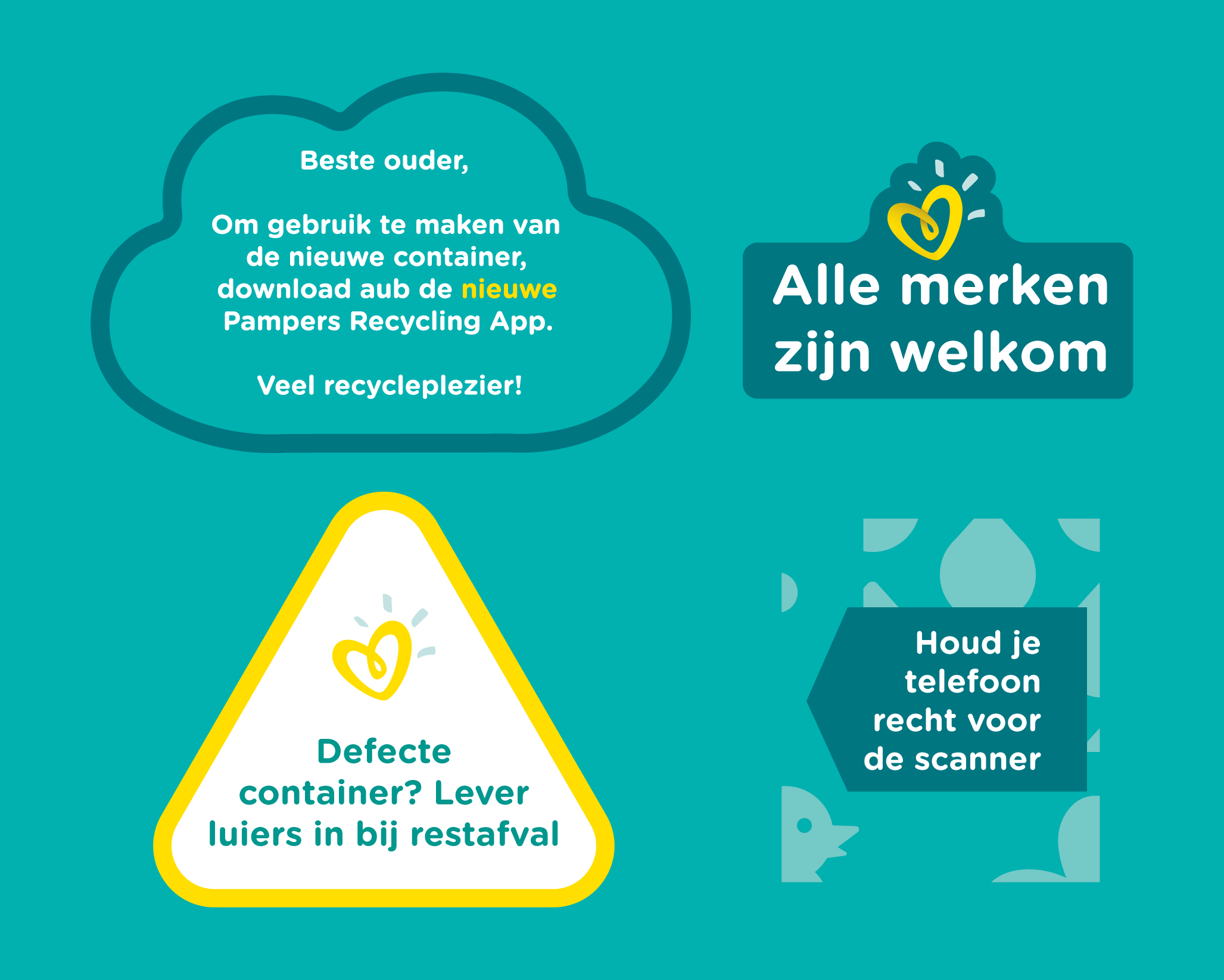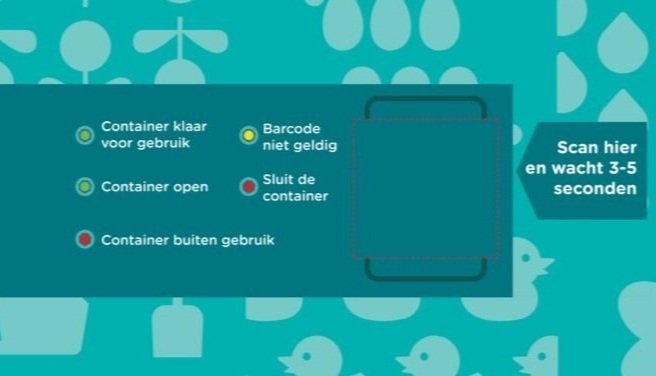Smart Diaper Recycling Bin
Diaper recycling was going to be a huge boon for Pampers, helping new parents shed some guilt while navigating the already tumultuous time of parenthood by giving them access to ten bins across Amsterdam as part of a pilot recycling program. But a malfunctioning bin was causing more issues than the program was solving.
With the program already launched and a lot of PR in the balance I needed to figure out, how could we design some quick fixes and implement them while the bins were running and overseas?
Identified Issues
Several of the issues were already known before diving in, but not their causes. Through a series of video calls, and a copy of the electronics board several main issues were identified.
Poorly protected components
Many of the components were installed improperly and inadequately protected from the elements leading to rust, jamming, and eventual breaking.
Poor tolerances and build quality
Many of the parts were installed and built with minimal tolerances and with poor build quality leading to difficult interactions and heavy water entry.
Poor electronics development
The majority of the issues stemmed from poor circuitry and half-finished code that lead to a low scanning rate and excessive energy consumptions.
Solving One-By-One
Several different upgrades to the internal construction and components were deployed to improve reliability and performance for the user.
Mechanical Fixes
Several problems affected the longevity of the bin, but also the user experience. Be it ease of scanning, keeping the bin open, or just the smell. Quick solutions were prioritized in order to keep users coming back.
An anti-glare cover was added over the barcode scanner and a polarizing film added so light would no longer hit the user’s screen and reducing scanning success.
All wiring connections were drastically improved and components and housings were updated with waterproof versions made from laser cut acrylic in-house.
A small, but noticeable addition was a fan and carbon filter to scrub some of the smell, particularly in the hot Dutch summer.
The main hatch was counterweighted as it was getting forced open from an internal component and allowing anyone access to the bin.
Electronics Upgrade
Another major improvement came from upgrading the PCB and Raspberry Pi software with a new developer. This resulted in increased stability, lowered power consumption, and a faster scan recognition on the user’s side
Updating the PCB was a major improvement that stopped components from literally frying while the coding improvements drastically improved battery life
Another minor update was increasing the brightness of the LEDs as users were having trouble seeing them in broad daylight.
Verbage Updates
Last, the graphics and language got an overhaul to make the process and steps more clear and add more detailed diagnostics to the bin.
It may have taken several visits and getting dripped on by diaper juice, but eventually the bins were up and running much more smoothly.
Improvements By The Numbers
With the deployment of numerous interventions between weeks 5 and 15 (after deployment) we saw a dramatic increase in successful scanning of barcodes and the number of active users, most of which were gained via word of mouth.
Future Development
With the pilot well in hand it was time to start looking at future iterations. The two main focuses were driving down costs and increasing stability.
I began a deep dive into alternative technologies within the bin including IoT measures to help reduce maintenance costs. Additionally I looked at more faceted bin designs that would reduce production costs compared to the multiple curved surfaces in the current design.
Final Decision
Ultimately, P&G would decide to try another pilot and bin in Italy with a different company, but the bins and pilot would remain a prime example of recycling stewardship within TerraCycle.























